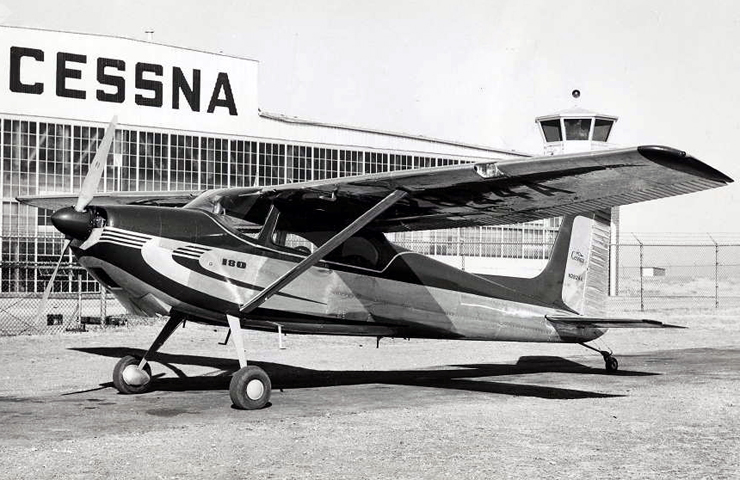In the summer of '92, while Spain was beginning to delude itself thinking we were something we're not, I was down and out in the streets of London. Not that I was skint. I wasn't rich either, but I'd rather spend my cash in records. Just in Oxford Street there were two HMV and two Virgin stores, four multi-storey record shops in just over one mile. Add to that Tower Records and another HMV in Piccadilly Circus. On top of all that there were the specialized shops, like Ray's at the time still in Shaftesbury Avenue, with jazz on the ground floor and blues in the cellar. In those four weeks of August, I did do all my touristy sight-seeing, but even though I had my eyes on the attractions, my mind was working out what to bring back home, how much to spend, and where. I'm not really proud of this. I say it like addicts tell things to other addicts.
I came from a small village, and I hadn't really experienced Madrid or Barcelona, and so London was Xanadu, Ali Baba's cave, cornucopia. A paradise from which I took fruits that will stay with me forever. A 2-CD set with live recordings by Charlie Christian; the early CD issue of Benny Goodman's 1938 concert at Carnegie Hall; Stan Getz's live set at Storyville '51 reissued by Giants of Jazz in Italy; T-Bone Walker's complete Imperial recordings; plus others that have dropped from memory. Things I knew existed. Things I didn't know existed.







